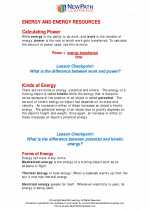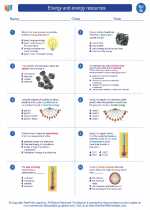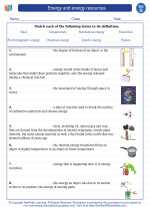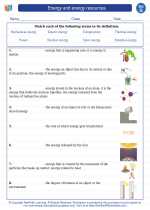Earth's Surface
The Earth's surface is the outermost layer of the planet that includes the solid land, water bodies, and the atmosphere. It is constantly changing due to various natural processes such as weathering, erosion, and tectonic activity.
Composition of the Earth's Surface
The Earth's surface is composed of several key components:
- Continents: Large landmasses that make up the Earth's surface, including Asia, Africa, North America, South America, Antarctica, Europe, and Australia.
- Oceans: The vast bodies of saline water that cover a majority of the Earth's surface, including the Pacific, Atlantic, Indian, Southern (Antarctic), and Arctic Oceans.
- Atmosphere: The layer of gases surrounding the Earth, primarily composed of nitrogen, oxygen, and trace amounts of other gases. The atmosphere plays a crucial role in regulating the Earth's climate and weather patterns.
- Landforms: Various physical features on the Earth's surface, such as mountains, valleys, plains, plateaus, and canyons, formed by geological processes over millions of years.
- Hydrosphere: The combined mass of water found on, under, and above the surface of a planet, including oceans, rivers, lakes, and glaciers.
Processes Affecting the Earth's Surface
Several natural processes constantly shape and alter the Earth's surface:
- Weathering: The breakdown of rocks and minerals at or near the Earth's surface due to physical, chemical, or biological processes.
- Erosion: The process of wearing away or carrying off the land's surface by wind, water, or ice.
- Tectonic Activity: The movement of the Earth's lithospheric plates, leading to the formation of mountains, earthquakes, and volcanic activity.
- Deposition: The laying down of sediment carried by wind, water, or ice, creating new landforms like deltas, beaches, and sand dunes.
Human Impact on the Earth's Surface
Human activities have significantly influenced the Earth's surface through deforestation, urbanization, mining, and pollution, leading to environmental degradation and habitat destruction.
Study Guide
- Define the Earth's surface and its key components.
- Explain the processes that affect the Earth's surface, including weathering, erosion, and tectonic activity.
- Identify the major landforms and water bodies on the Earth's surface.
- Discuss the impact of human activities on the Earth's surface and the environment.
- Compare and contrast the composition and features of the Earth's surface with those of other planets.
Understanding the Earth's surface is essential for comprehending the dynamic processes that shape our planet and the impact of human activities on the environment.
.





